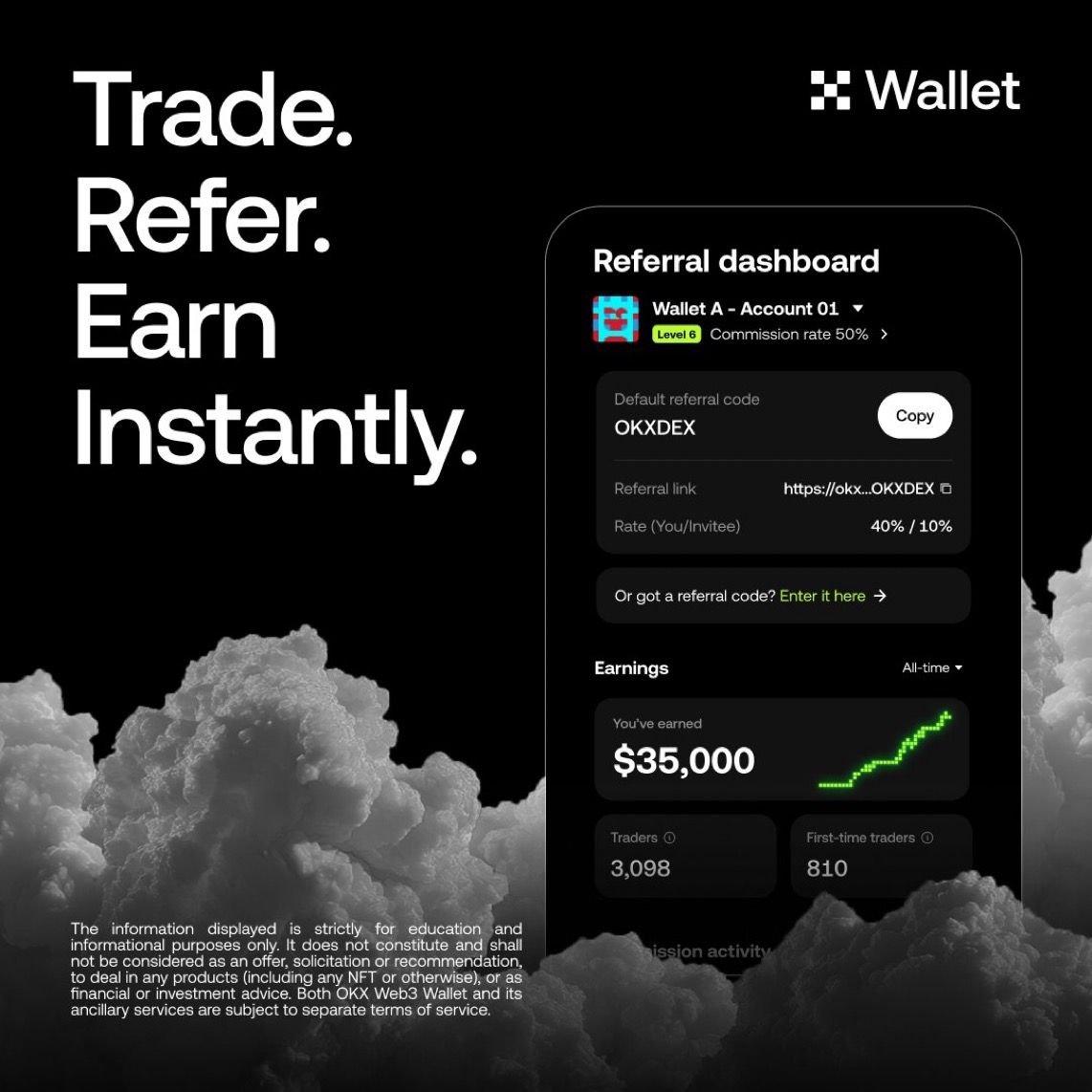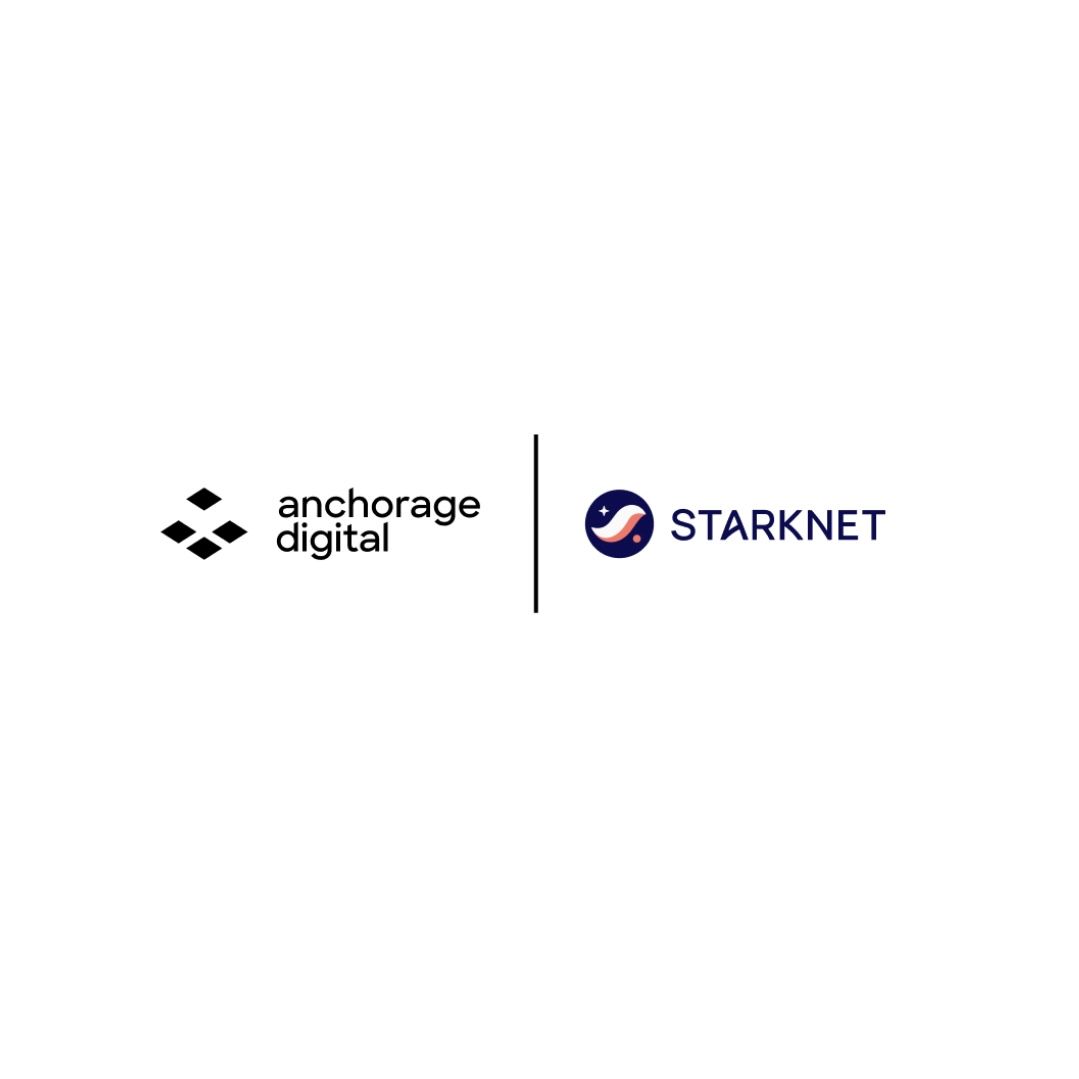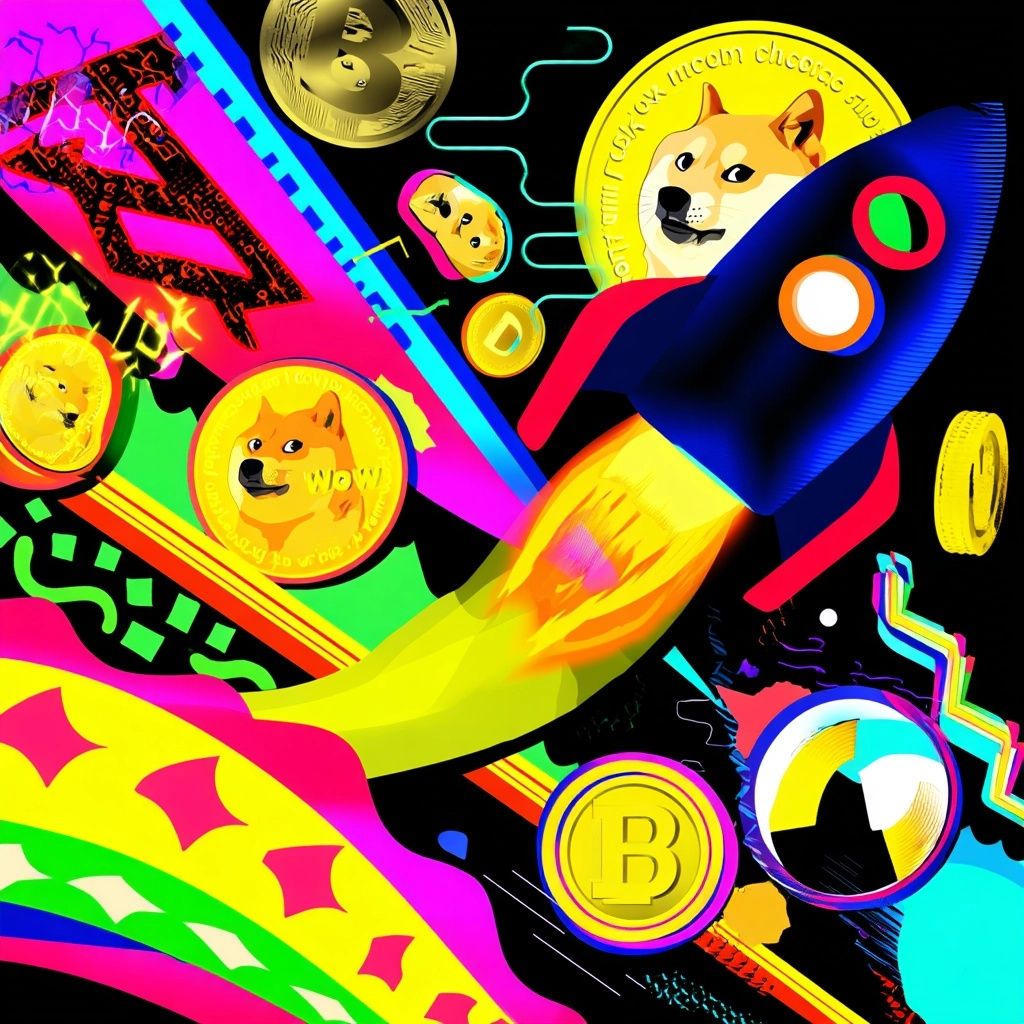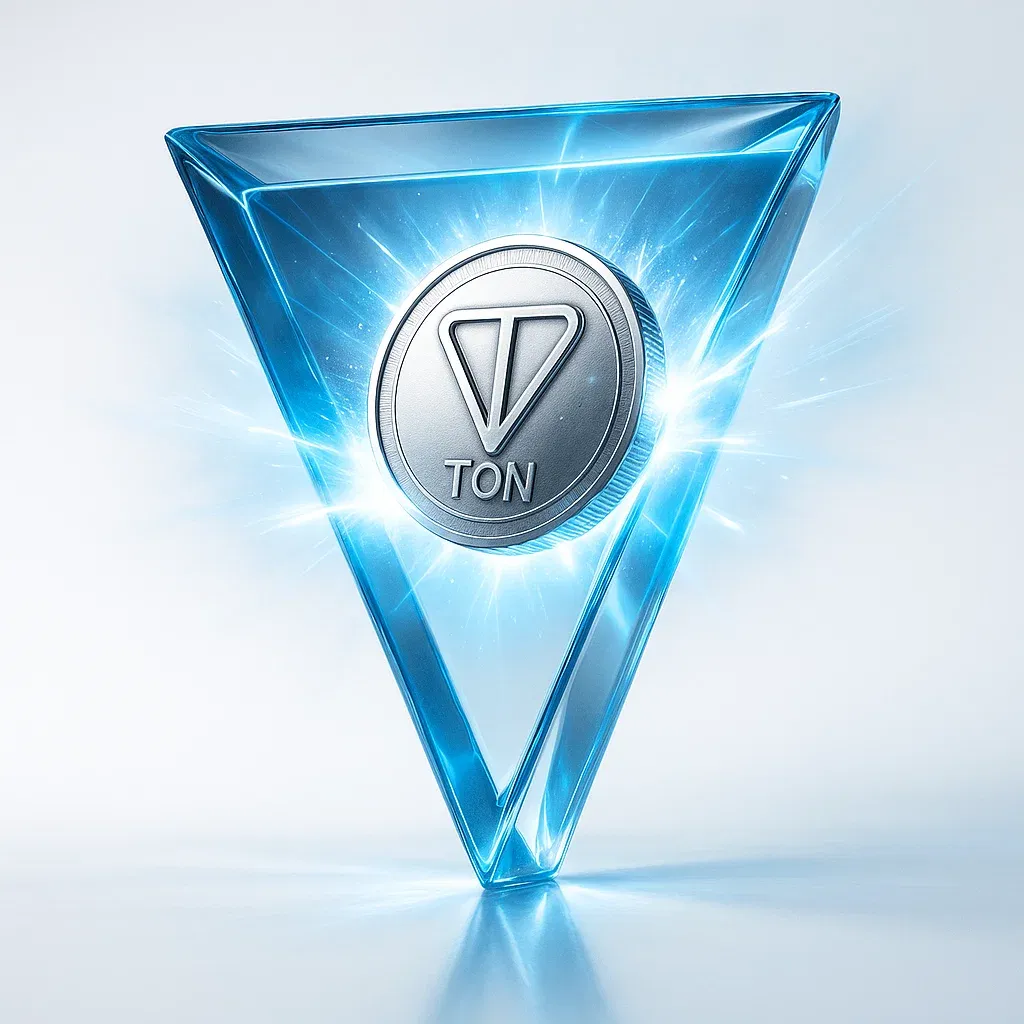Play, Earn, Own: The Future of Web3 Gaming in 2025
The Future of Gaming in 2025: How Web3 is Changing the Game 🎮🚀
2025: The Year of Web3 Gaming’s Big Break
The gaming industry in 2025 is standing at a major turning point, where decentralized technologies are becoming the foundation of player-driven ecosystems. No longer just a buzzword, Web3 gaming is now a mainstream reality, offering players actual ownership of in-game assets, governance rights, and real-world earnings.
While traditional gaming still dominates, the shift toward blockchain-powered experiences is accelerating. Major studios and independent developers alike are experimenting with decentralized storage, smart contracts, and tokenized economies to create games that are truly owned and shaped by their communities.
Web3 Gaming: The Power of Player Ownership 🏆🔗
Web3 gaming is more than just a trend—it’s a fundamental shift in how games are made and played. Unlike Web2 games, where publishers have total control, Web3 introduces player-owned economies where assets can be traded, sold, or transferred across different games.
*� Key Features of Web3 Gaming in 2025:
✔ True Ownership – Players own characters, skins, weapons, and even virtual land as NFTs.
✔ Play-to-Earn (P2E) 2.0 – Earning crypto rewards is now more sustainable, balancing player incentives with economic stability.
✔ Cross-Game Interoperability – Digital assets move seamlessly across different games and ecosystems.
✔ Decentralized Governance – Players vote on game updates and policies, shaping the future of their favorite titles.
📌 Example: A player can use a sword earned in Game A to unlock a special feature in Game B, thanks to blockchain interoperability.
Challenges in Web3 Gaming: Fixing the Flaws ⚠️
Despite its promise, Web3 gaming has faced major hurdles, including bot exploitation, unsustainable economies, and retention issues. In 2025, developers are tackling these challenges by refining reward structures, improving security, and focusing on long-term sustainability.
*� The Main Challenges:
❌ Bots & Cheating – Automated accounts farm rewards, hurting genuine players.
❌ Unsustainable Tokenomics – Some early P2E models failed due to inflationary reward systems.
❌ User Experience Issues – Many blockchain-based games have clunky onboarding, making it difficult for mainstream gamers to join.
✅ How Web3 Games Are Evolving in 2025:
✔ Reputation-Based Systems – Platforms like Ludo use AI-driven filters to block bots and reward genuine players.
✔ Better Tokenomics – Games now balance rewards with in-game sinks, preventing hyperinflation of assets.
✔ Simpler UX & Onboarding – Players can sign up without needing a crypto wallet, making adoption easier.
📌 Example: Funtico, a Web3 gaming platform backed by Avalanche and Alpha Crypto Capital, has introduced anti-bot mechanics and community-driven tournaments like their $100,000 prize event, "The Start of a Revolution."
Community-Driven Gaming: The Heart of Web3 👥💡
Unlike Web2 gaming, where developers dictate game direction, Web3 gives players a real stake. Community members shape game economies, vote on changes, and actively participate in governance.
*� How Web3 Communities Shape Games:
✅ Players as Stakeholders – Instead of being just consumers, players are co-owners.
✅ Governance Voting – Players can vote on game updates, ensuring transparent decision-making.
✅ Crowdsourced Development – Dev teams co-create with communities, making games more engaging and fair.
📌 Example: Funtico’s partnership with Ludo ensures that only real, engaged players participate, improving fairness and rewards.
Web3 Gaming in 2025: Moving Beyond Speculation 🎯
In the past, Web3 gaming was often too focused on financial speculation rather than actual gameplay. Many early projects collapsed due to token dumping, Ponzi-like reward models, and market volatility.
But in 2025, the focus has shifted from "earn first" to "play first":
🔹 Less speculation, more gameplay – Games are now designed for fun, with earning as a secondary bonus.
🔹 Skill-Based Rewards – Players earn based on performance and engagement, not just by holding tokens.
🔹 Zero-Knowledge Proofs (ZK) & AggLayer – These new technologies help filter out bots and unfair activity, creating a fairer gaming environment.
📌 Example: Instead of just rewarding players for logging in, games now emphasize skill-based achievements, community participation, and strategic gameplay.
What’s Next? The Road to Full Interoperability 🚦
One of the biggest advancements in 2025 is cross-chain interoperability—the ability for assets and economies to function across multiple games and blockchains.
*� What Interoperability Means for Gamers:
✔ Move in-game items and characters across different games
✔ Earn rewards in one ecosystem and spend them in another
✔ Unlock new ways to monetize gaming experiences
📌 Example: A player could earn rare armor in an RPG and then use it as a cosmetic item in a battle royale—all powered by blockchain tech.
Conclusion: Web3 Gaming is Here to Stay 🎮�*
Web3 gaming in 2025 is about more than just hype—it’s changing the gaming industry for good. With stronger communities, sustainable economies, and fairer rewards, Web3 games are finally moving beyond speculation and becoming a mainstream part of the gaming ecosystem.
*� The Key Takeaways:
✅ True Player Ownership – NFTs & blockchain assets give real control to gamers.
✅ Sustainable Game Economies – Smarter tokenomics prevent pump-and-dump cycles.
✅ Community-Driven Development – Players vote on game decisions and shape their worlds.
✅ Fair & Engaging Gameplay – New tech filters out bots and exploits, ensuring genuine player rewards.
✅ Cross-Game Interoperability – Digital assets can move seamlessly across multiple games.
The future of gaming is decentralized, player-focused, and community-driven—and 2025 is the year it truly takes off. 🚀🎮
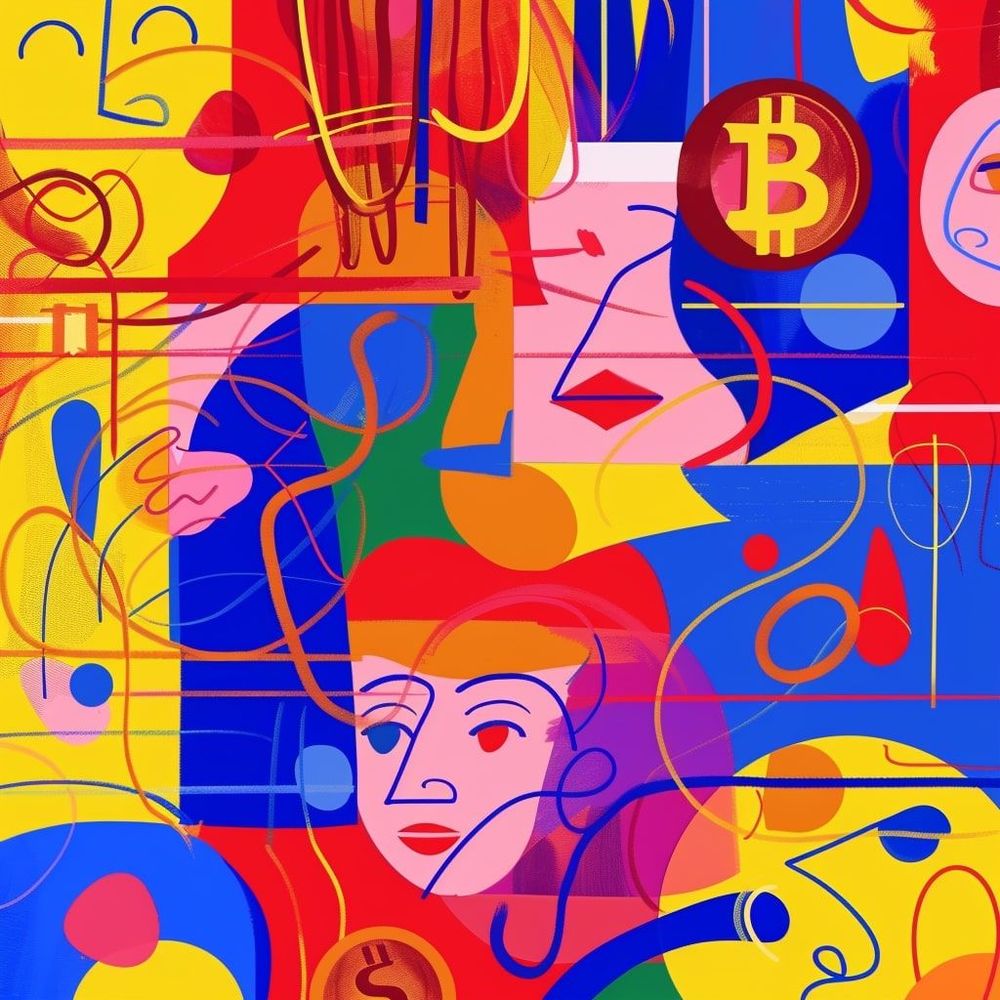
Recent News
All Time High • Live
Have questions or want to collaborate? Reach us at: info@ath.live





